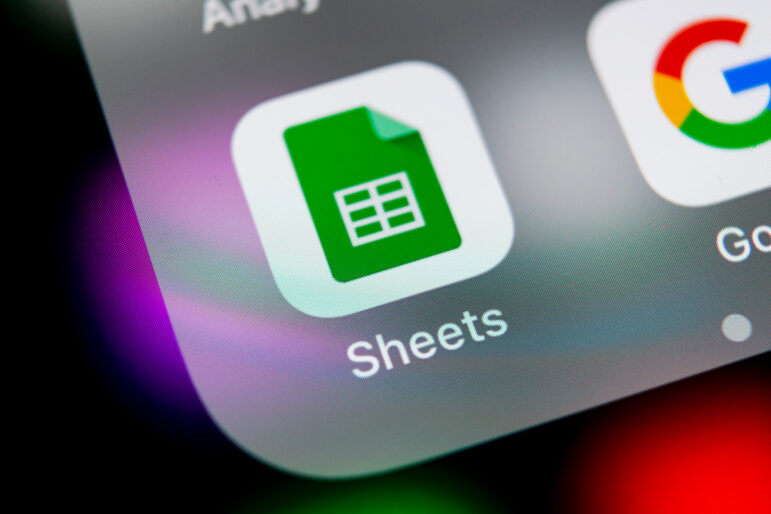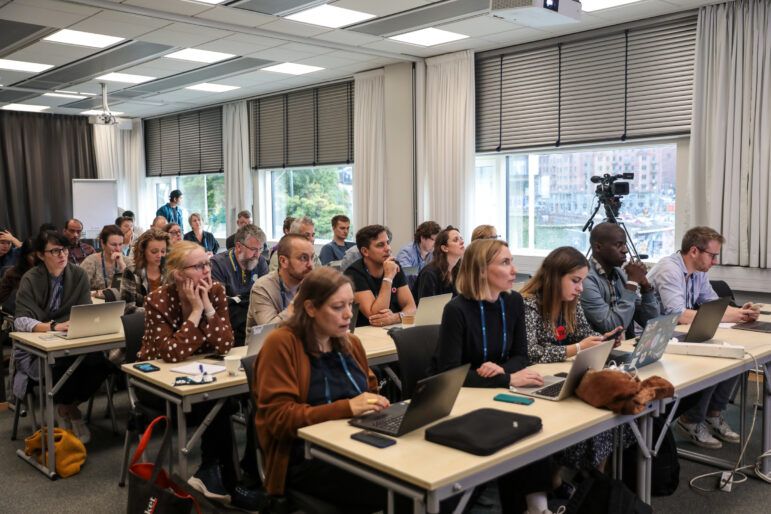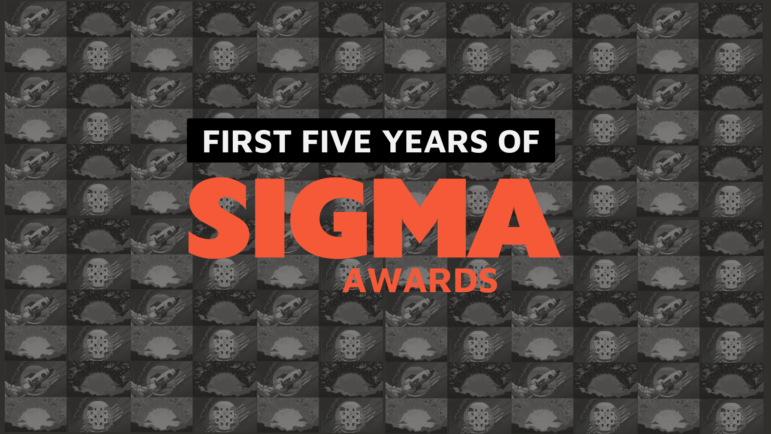Getting Started – Books
Read this article in
Data journalism is a perpetually evolving topic. GIJN’s resource pages are updated regularly with new material.
Data + Journalism – A Story-Driven Approach to Learning Data Reporting by Mike Reilley and Samantha Sunne (to be published in 2023).
At the GIJC19 conference in Hamburg, attendees heard the presentation: Latest Data Journalism Trends From AI to Sensor Journalism, by Sarah Cohen, Arizona State University; Brant Houston, University of Illinois and Jennifer LaFleur, American University.
Also at GIJC19, Columbia University journalism professor Giannina Segnini discussed 2019 prizewinning data journalism and how they did it: The Year of The Dead, Health & Crime.
If you want to learn more about data journalism, check out these books by leading data journalists from around the world, several of which are free and online.
Best Practices for Data Journalism (post 2017) is full of resources and tips for newsrooms starting to use data journalism by Kuang Keng Kuek Ser for the Media Development Investment Fund. (Free PDF)
The Curious Journalist’s Guide to Data Journalism (2016), by US-based journalist Jonathan Stray provides an excellent overview of how to think about data: “This isn’t ‘how to use data’ but ‘how data works.’”
Data for Journalists: A Practical Guide for Computer-Assisted Reporting, (5th Edition, 2018) by US-based journalism professor Brant Houston. Includes step-by-step instructions on how to do basic data analysis and includes practice data sets. (Available to purchase)
The Data Journalism Handbook 2 (2019), revised and expanded from the Data Journalism Handbook (2012). Both provide helpful overviews of data journalism. It is edited by Jonathan Gray and Liliana Bounegru of the Public Data Lab with contributions from leading European data journalists. (Available in Arabic (PDF), Azerbaijani, Chinese, English (PDF), French, Greek, Japanese, Russian, Spanish and Ukrainian)
The Data Journalist (2017) provides a good introduction to data journalism from two leading Canadian journalists, Fred Vallance-Jones and David McKie. Includes online tutorials. (Available to purchase)
Data Literacy: A User’s Guide (2015) by US-based data journalism professor David Herzog provides step-by-step instructions on working with data for beginners, including how to obtain, evaluate, clean, analyze and visualize data.” (Available to purchase)
Facts are Sacred by former Guardian journalist Simon Rogers recounts some of the most telling examples from The Guardian’s Data Blog. Here’s a post about the book from La Nacion in Spanish.
Getting Started in Data Journalism is a manual published in 2018 by Lawrence Marzouk, editor of the Balkan Investigative Reporting Network in Albania, and investigative journalist Crina Boros. It aims to introduce journalists to data-driven reporting techniques that are essential to contemporary investigative journalism. Early chapters focus on getting data for Albanian journalists, but others provide good tips for beginners.
Getting Started with Data Journalism (2016) by UK-based journalist Claire Miller provides helpful tips for beginning data journalism including finding data, cleaning data and finding stories in data. (Available to purchase)
How to Lie with Statistics by Darrel Huff is a classic tale of how numbers can be wrongly portrayed, originally published in 1954, its lessons still hold true today. (Available to purchase)
John Allen Paulos, a professor at Temple University, has written several books and columns about using numbers both in society and in the news. (Available to purchase)
Manual de Periodismo de datos iberoamericano es un proyecto gratuito y abierto, escrito de forma voluntaria por decenas de periodistas, programadores y diseñadores de medios de comunicación y organizaciones de Latinoamérica, España y Portugal. This is a free open-source project involving dozens of journalists, programmers and media designers and organizations from Latin America, Spain and Portugal.
Numbers in the Newsroom (2014) is a useful handbook for writing and using numbers from Investigative Reporters and Editors beat book series. Written by US-based journalist Sarah Cohen, this guide is recommended for anyone writing a story that includes numbers. (Available to purchase)
Precision Journalism: a Reporter’s Introduction to Social Science Methods (2002) This is a must-have for data journalists. It was written by one of the pioneers in using data and social science techniques for reporting, Philip Meyer. The US-based Investigative Reporters and Editors data journalism award is named for him. (Available to purchase)









